RYSZARD HOROWITZ / PHOTOCOMPOSER
A book published by Ryszard Horowitz, Ltd. Second edition, 2009



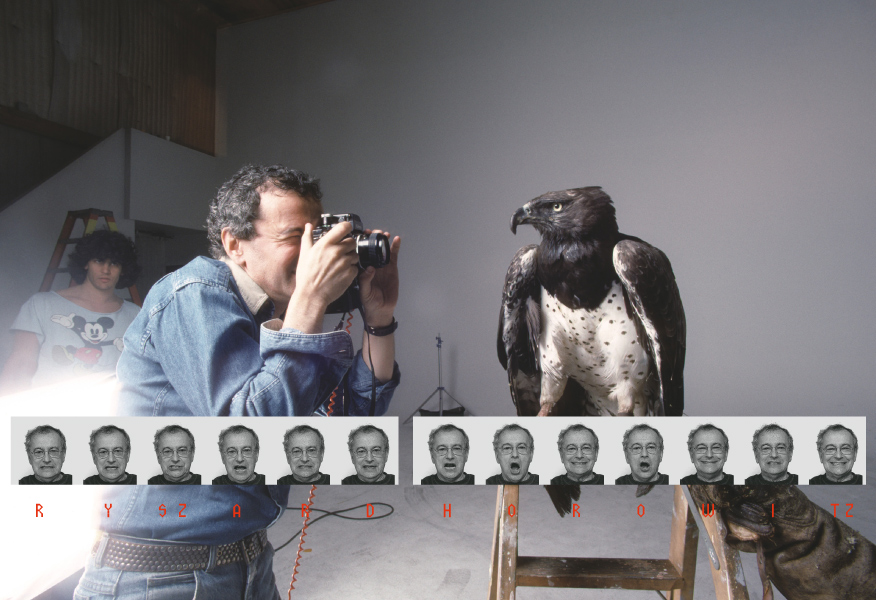
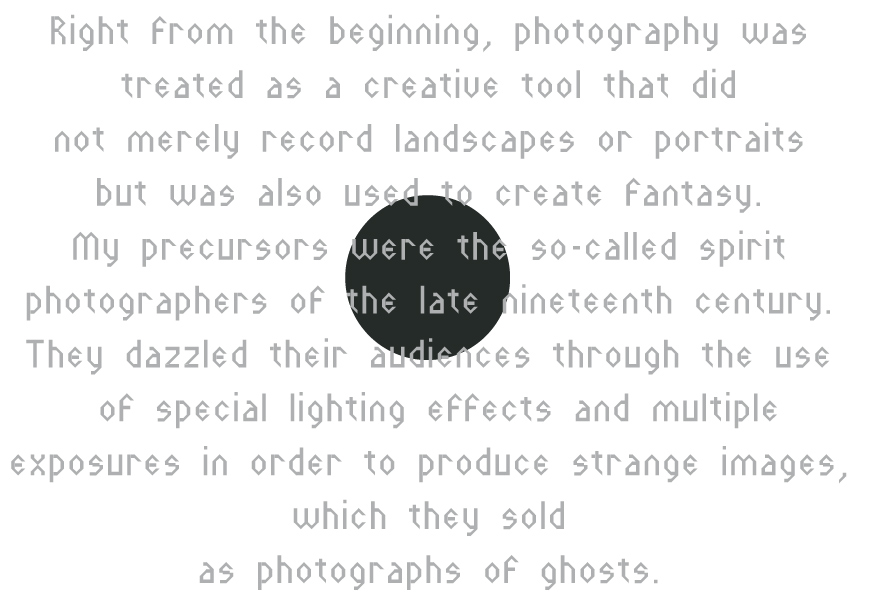
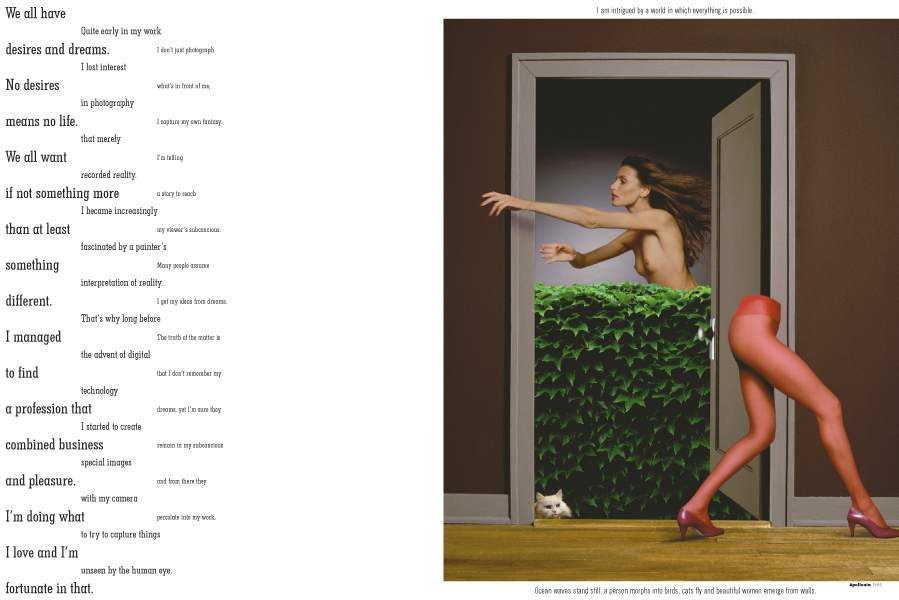
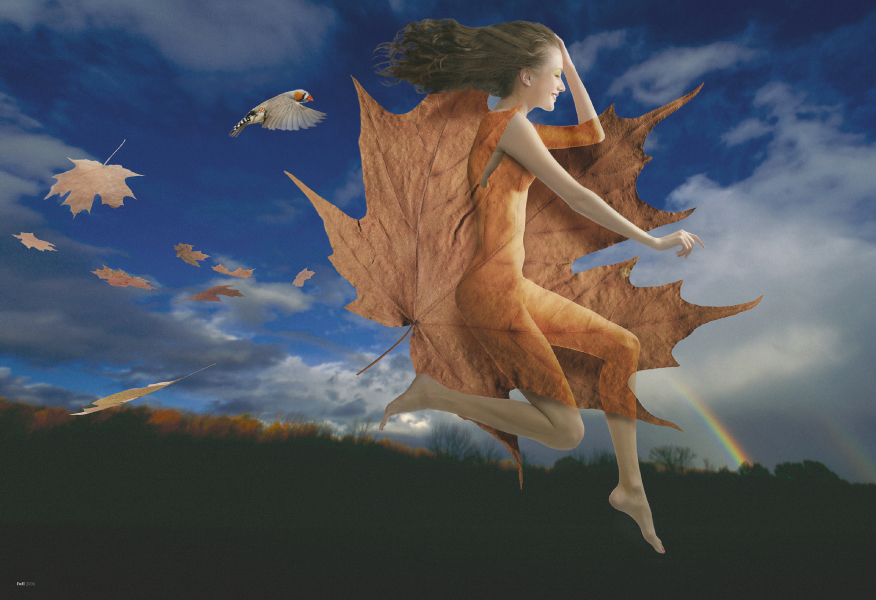
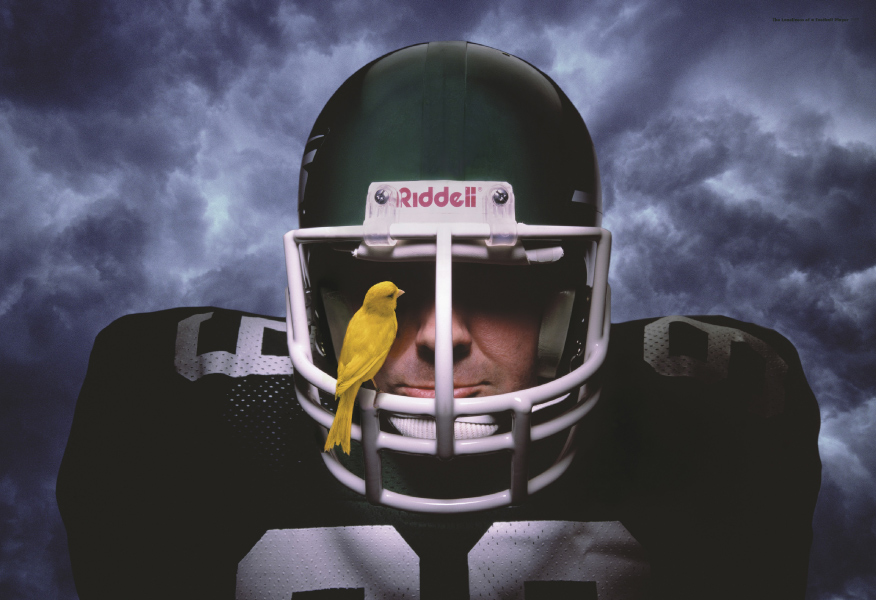
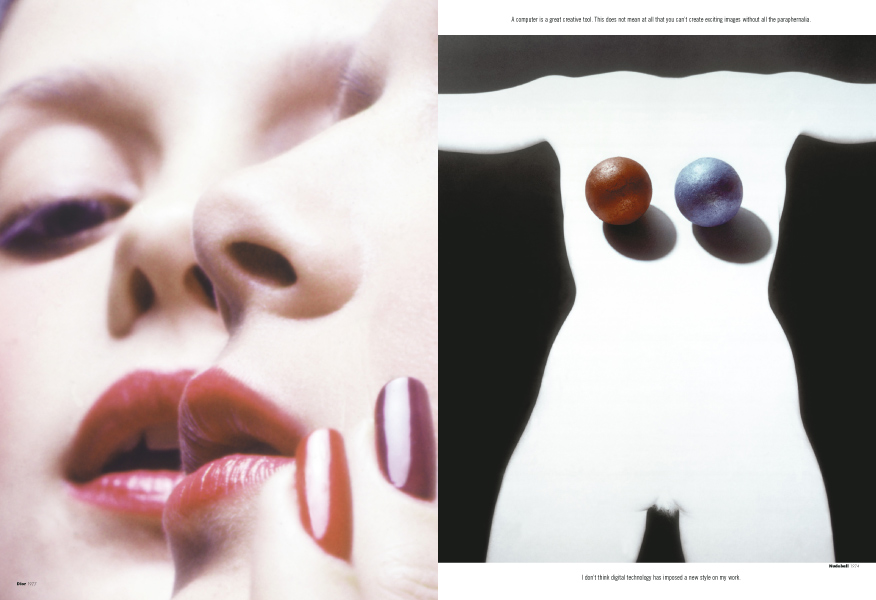
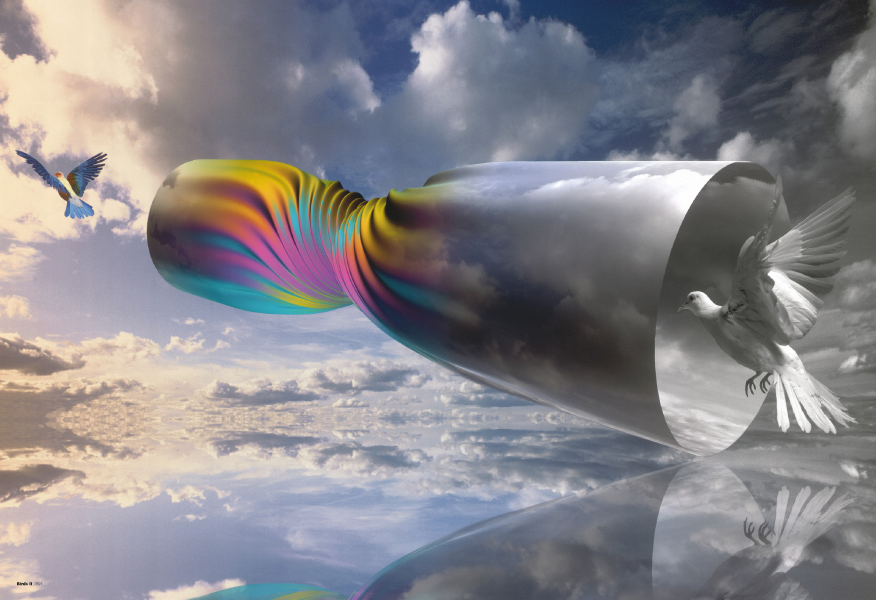
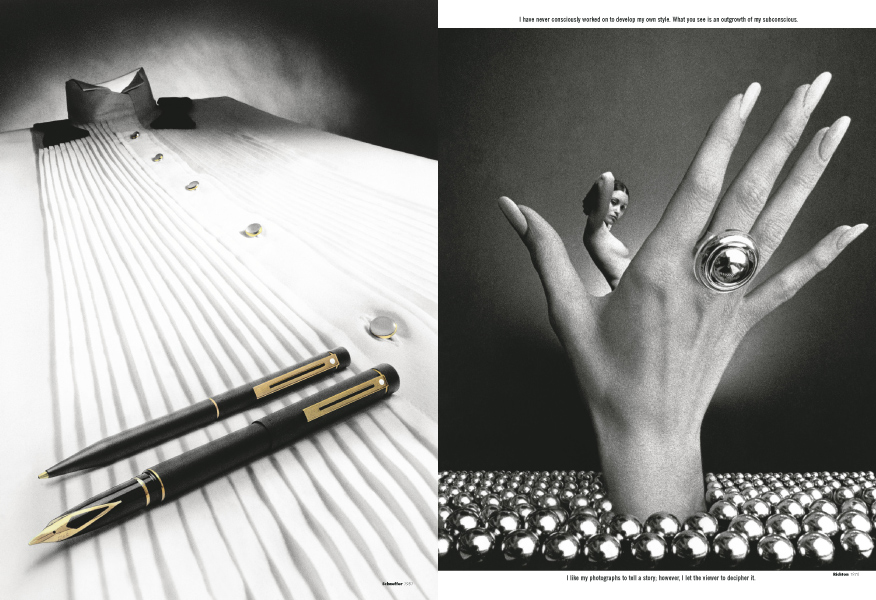

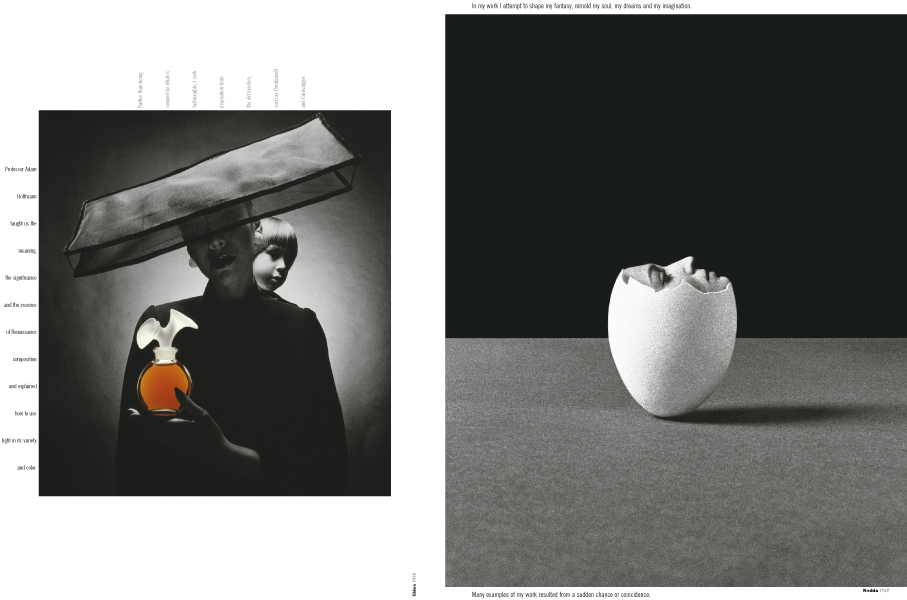
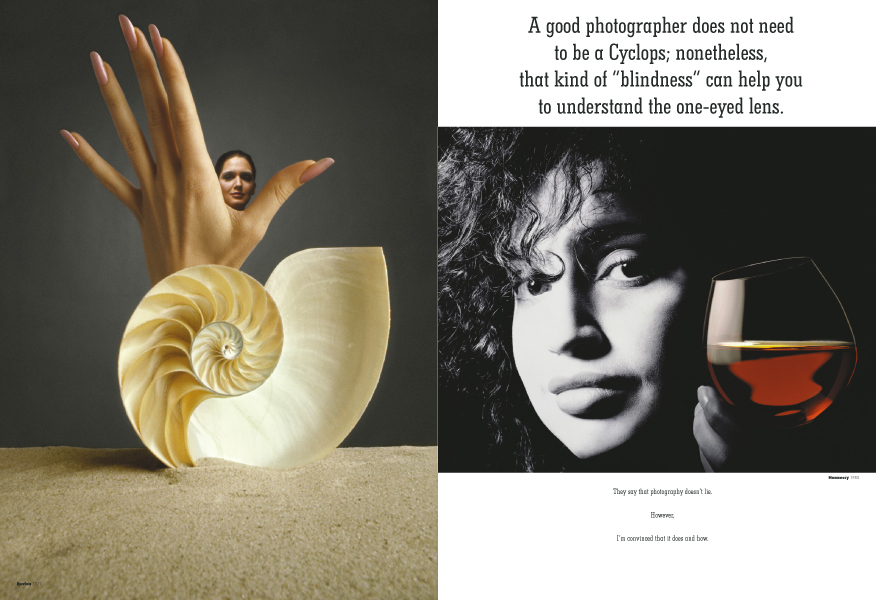
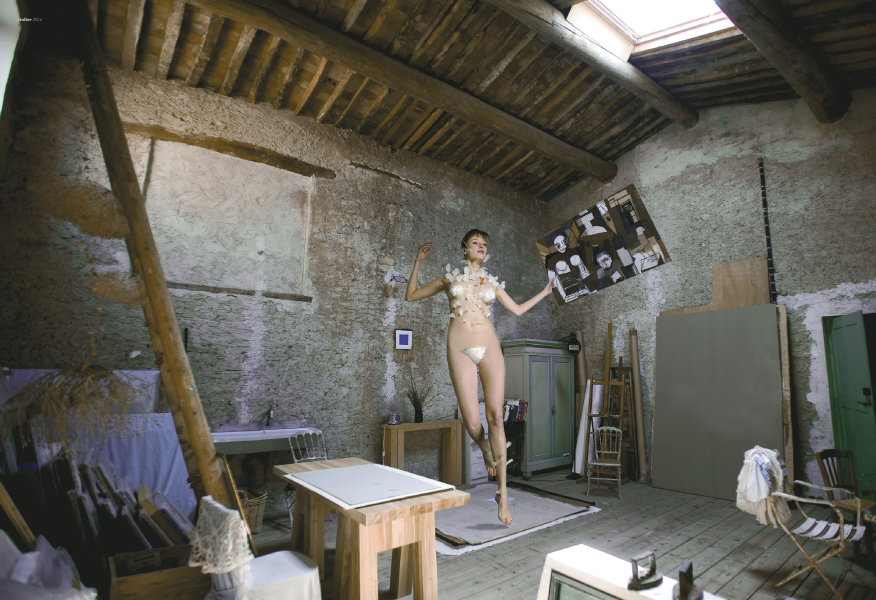
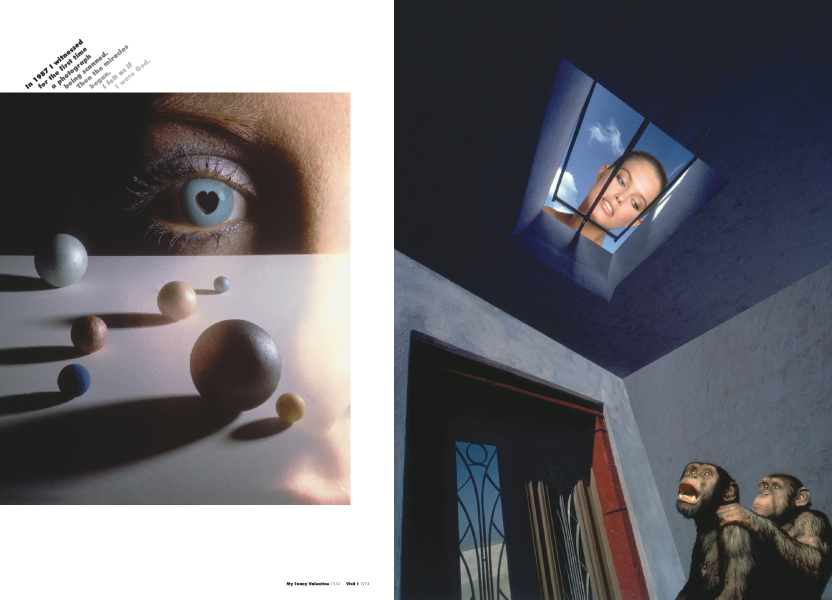
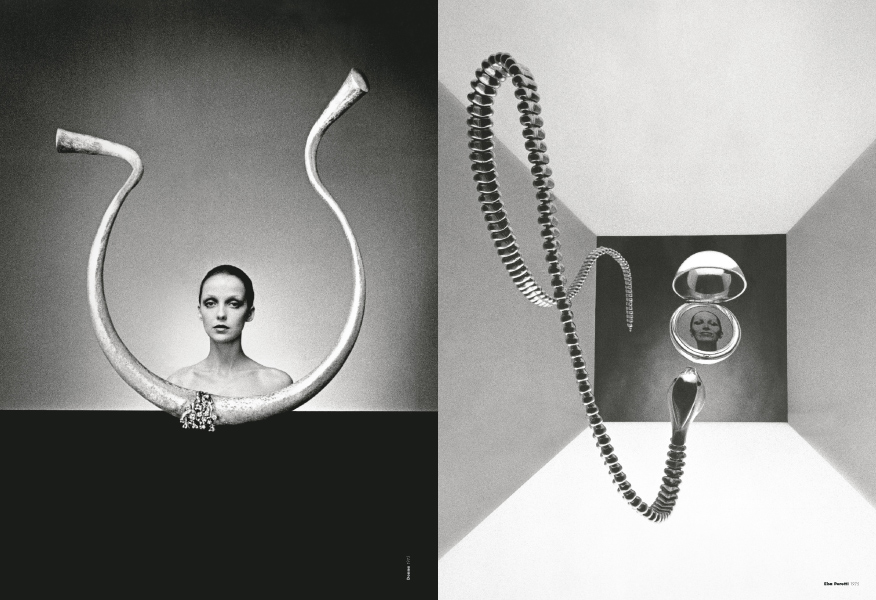
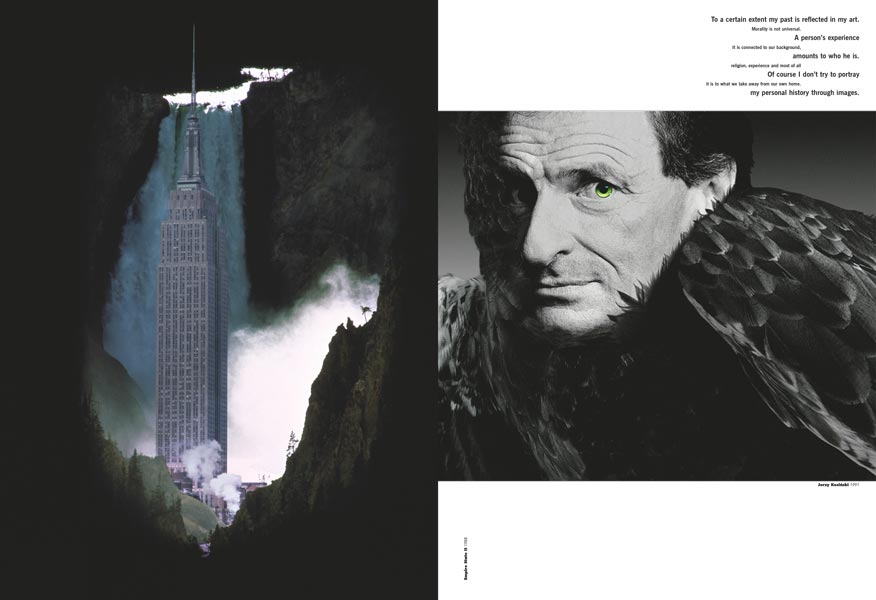
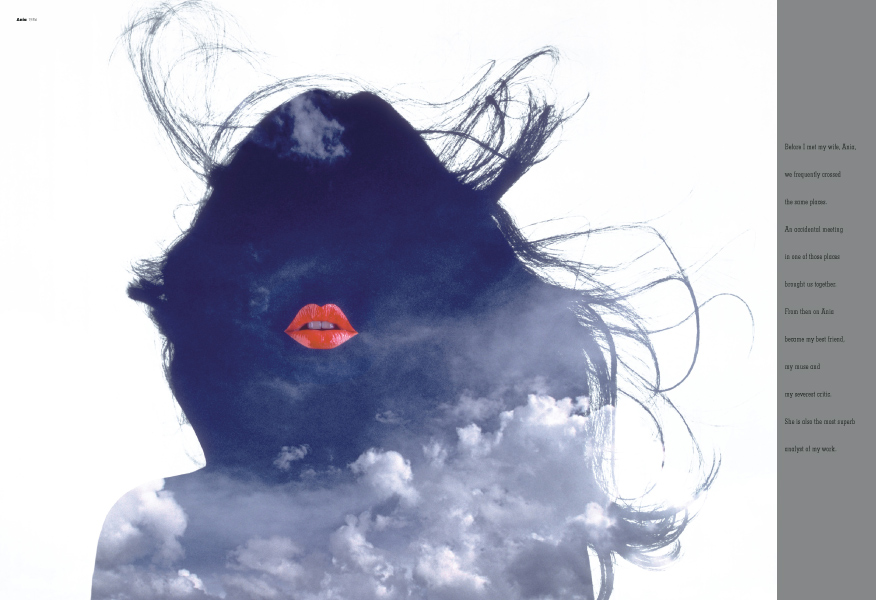
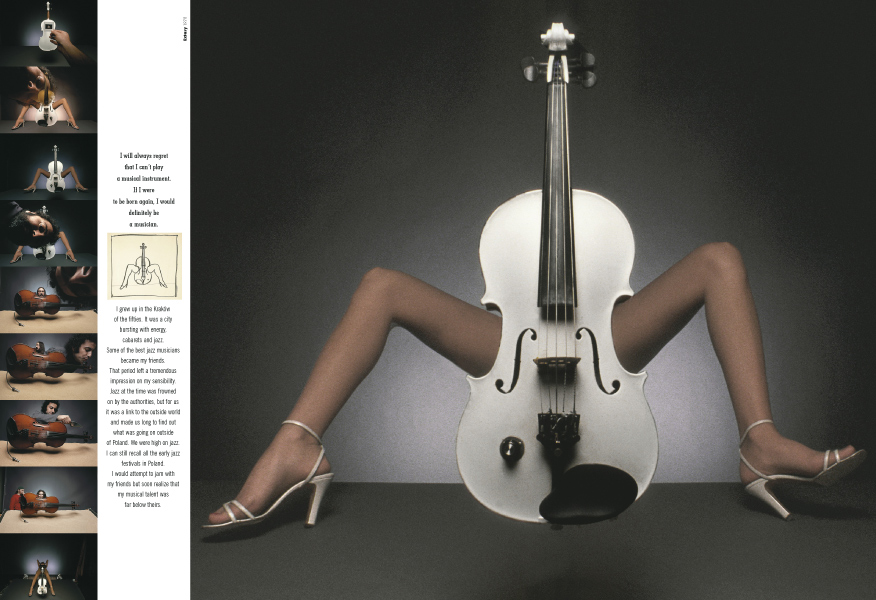
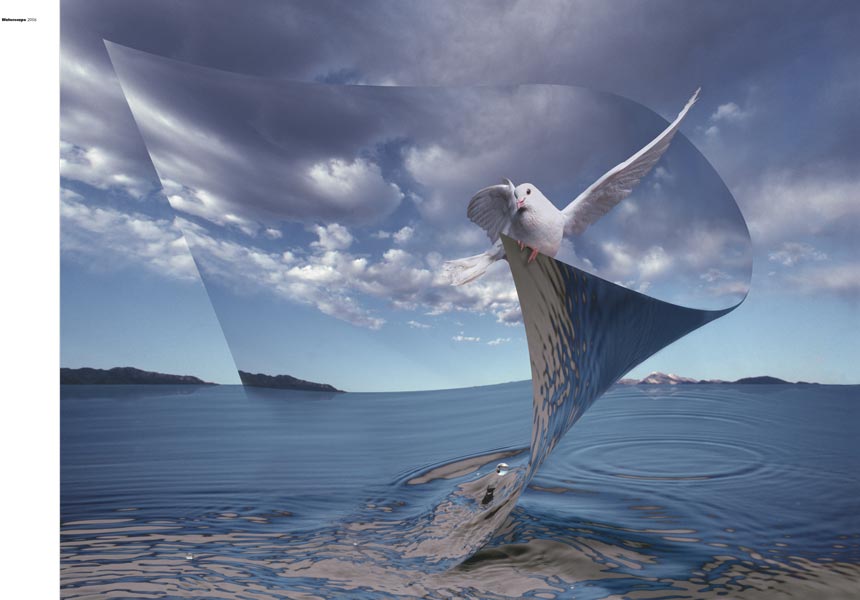

Greetings ALL. I had a change of address and your dazzling book has just reached me. Like your earlier one which I still cherish and possess this one is absolutely wonderful to look at—as you must yourself know. To me, a mere punter as they say down here in the Antipodes, it’s so conceptually exciting to me, and the creativity seems so easy that I wonder why everyone can’t let their brain fly as you do. It’s because the rest of us aren’t Horowitz, that’s why.
Ryszard, I can’t but look at these knockout images without thinking of your early history. In a sense neither can you, since I see you address it at the end of the book.
It’s my guess that after those beginnings and wounds, of the kind no earthly child should bear, you must not always—in the watches of the night—feel as lustrous and celebratory as your images are.
It’s easy for me to say, but this makes the light-filled, affirmative images all the more a miracle. The shadow of the KL doesn’t seem to fall across your color - filled, mentally sportive, cosmically and joyfully declarative work at all.
It shows how fierce in you burned the fires of life over those of… well, I’m sure you don’t want to be reminded by a stumbler from Oz.
May I add my congratulations to the world’s, and thank you again for seeking me out in my Australian fastness.
Tom Keneally
The Author of “Schindler’s List”
Review
Ryszard Horowitz PHOTOCOMPOSER
by Ryszard Horowitz - reviewed by José M. Gonzalez (TakeGreatPictures.com)
This anthology of Horowitz's work during the span of his impressive career offers any photography enthusiast insight into the works of a pioneer photographic surrealist
Published: August 17, 2005
Polish born photographer Ryszard Horowitz has been working since the late fifties. Born in Krakow, Poland in 1939, he spent his first five years of life in Nazi German concentration camps. These experiences, at least to Horowitz, don’t define his aesthetic when it comes to his photographic work, which is comprised of various techniques that result in other worldly images that are products of an active intelligent imagination.
Ryszard Horowitz, the book, is a comprehensive and visually pleasing anthology of Horowitz’s career. There are no chapters, nor are there any real separations of the book by theme; just one section with his work and his words.
There is an interesting chronology of his life and work towards the back that opens the life of the artist to the reader. Here the reader explores the artistic life outside of the studio. One becomes familiar with the family , the roots; the friends of the artist that help inspire him. Ania, Horowitz’s wife, became a muse to him and has been used in much of his work.
Horowitz’s work is fictitious and surrealist. His influences come from painters, just as he studied painting in Poland. Much of his work has a Dali-esque surface, while working within classical artistic composition. He knows how to fill a frame. Also known for composing images not only from the camera, but outside of it, even before the advent of computer technology, which he uses in later work, Horowitz is an originator and pioneer of the photocomposition style. One tends to view his earlier images as if they were done by a computer. It is difficult to image that they were not.
Much of his work is dreamlike, jubilant, pensive, and filled with humor. Horowitz manages to remain artistic without having to rely on dark, somber, or frightening imagery to tell a story. Though most of his work is commercial, it doesn’t feel or come across as advertising. The work is too genuine.
An apprentice to the legendary Alexei Brodovitch, Horowitz learned Brodovitch’s mantra “Astonish Me!” However, Horowitz had already raised eyebrows with his non purist and experimental techniques in photography. Taking cues from the beginning photographers of the late nineteenth century who thought of photography as an art form not necessarily having to be photo journalistic; Horowitz developed his own style of imagery. His style is definitely meant to provoke.
One of the most interesting aspects of the book is the inclusion of Horowitz’s sketches and other versions of the works that he is known for. This compelling view into the artistic mind is essential in understanding the Horowitz aesthetic. The multiple versions of photographs also help to understand the narrative and creative process of his visual fantasies.
Also, when looking at his photography, before the advent of computer editing, to see the conception of ideas drawn out, and planned before getting behind the camera, inspires photographers. In an age when apprenticeships are few, these types of techniques and ways to plan are an invaluable source of information.
Ryszard Horowitz is a wonderfully stunning compilation of over forty years of artistic work. Horowitz has put together an excellent slice of all the aspects of his creative occupation without overstuffing the book or jumbling the work on its own. It is an excellent source book for inspiration and technique into an unconventional photographer.
Texts Excerpts
by Ryszard Horowitz
"Right from the beginning, photography was treated as a creative tool that did not merely record landscapes or portraits but was also used to create fantasy. My precursors are so-called “ghost photographers” of the late nineteenth century. They were pretty good at cheating. Through the use of special lighting effects and multiple exposures they produced strange images which they sold as photographs of ghosts."
"We all have dreams. No desires means no life. We all want if not something more then at least something different. I managed to find a profession that combines business and pleasure. I’m doing what I love and I’m fortunate in that."
"I don’t photograph just what’s in front of me, but my own fantasy about it. I’m telling a story which reaches into my viewers subconscious. Many people assume I get my ideas from dreams. The truth of the matter is that I don’t remember my dreams, yet I’m sure they remain in my subconscious and from there they percolate into my work."
"I am intrigued by a world in which everything is possible."
"Quite early in my work I lost interest in photography that merely recorded reality. I became increasingly fascinated by a painter’s interpretation of reality. That’s why long before the advent of digital technology I started to create special images with my camera to try to capture things unseen by the human eye."
"I don’t think digital technology has imposed a new style. A computer is a great tool which does not mean at all that you cannot create images without all the paraphernalia."
"A good photographer does not have to be a Cyclops; nonetheless, that kind of “blindness” helps you to understand the one-eyed camera."
"They say that photography doesn’t lie. I assume it lies, and how. Besides I was always interested in staged photography."
"My first experience in digital imaging was in 1987. Then the miracles began. I felt as if I were God."
"To divide photography between commercial and fine art is nonsense. I believe that the most interesting things are happening in advertising nowadays. There is an artificial division between them, sometimes created by curators who use irrational and basically banal criteria to fit their own agenda to determine what is and what is not art."
"Like a composer selecting sounds, I try to select individual elements of an image. In music we often hear dissonant, contrasting sounds yet the final result is harmonious. It’s the same with my photographs. I became interested in photocomposition before computers were used as an artistic tool."
“ Quite early in my work I lost interest in photography that merely recorded reality. I became increasingly fascinated by a painter’s interpretation of reality. That’s why long before the advent of digital technology I started to create special images with my camera to try to capture things unseen by the human eye.”